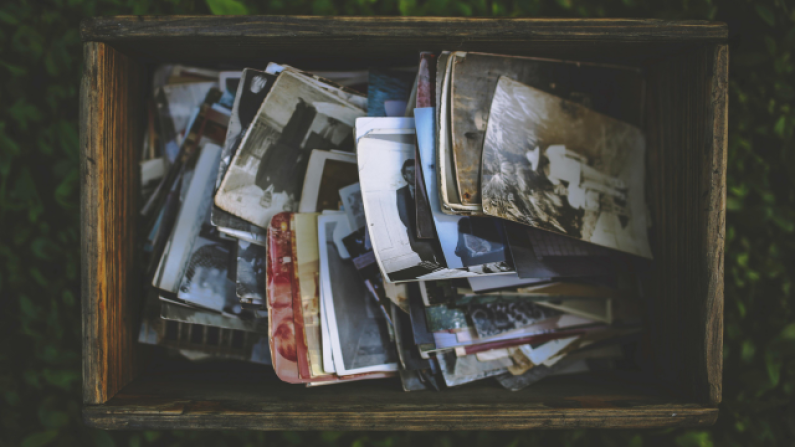Preserving Fragile Papers at Home
Expect Tips From Our Librarians

With winter fully settled in and Waikato dampness have arriving, it’s not just your toes that feel the chill, your family’s paper treasures might be at risk too. Old letters, certificates, photographs, and even those vintage newspapers you’ve tucked away in a drawer can begin to deteriorate faster in humid, fluctuating conditions.
At Hamilton City Libraries, we work with fragile and historic materials every day. Here are some of our top tips to help you protect those precious paper items at home, whether they're century-old documents or cherished keepsakes.
1. Copy and Preserve
Some papers, like newspapers, old fax paper, or thermal receipts, are notoriously short-lived. These materials fade quickly and become brittle with age. For long-term preservation, it’s best to make high-quality photocopies or scans and print them on acid-free, archival paper. This way, you can preserve the information even if the original fades away.
2. Say No to Sticky Tape
It can be tempting to reach for clear tape when a treasured document is torn, but resist the urge. Even “acid-free” tapes can stain and damage paper over time. Instead, store the item in an acid-free folder or polyester sleeve to keep the pieces together without causing further harm. If repair is essential, consider consulting a conservator.
3. Ditch the Metal and Rubber
Paperclips, staples, and rubber bands are common fasteners, but they’re enemies of long-term preservation. Metal rusts, leaving unsightly stains, and rubber can degrade into a sticky mess or harden and snap. Replace them with archival-safe plastic clips or folders designed for storage.
4. Avoid Lamination and Sticky Albums
Lamination may seem like a protective measure, but it’s actually irreversible and can cause severe damage over time. The heat and adhesive used in the process break down paper fibres and make it impossible to access the original in the future. Likewise, sticky-page photo albums can trap acidic glue against your documents. Opt instead for archival-quality sleeves and albums.
5. Handle with Care and a Soft Brush
Dust and dirt can attract pests and accelerate deterioration. Gently dust your papers using a clean, soft brush (like a sable or artist’s brush), brushing away from the centre outward. Avoid using cloths or vacuums which might snag fragile edges.
6. Managing Mould and Moisture
If you discover mould, act with caution. Move the item to a well-ventilated space to dry (avoid heaters or direct sunlight), then gently brush away dry spores outdoors using your soft brush. Always wear a mask and gloves, and isolate affected items to prevent the spread.
Preserving your history doesn’t need to be complicated. With a little care, your family’s story can be kept safe for generations to come.
